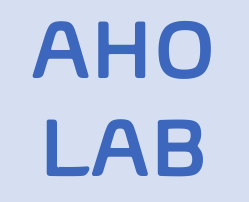Data collection complete
From June 2025 - Dec 2025, we monitored four coves: two with hydrilla (i.e., no herbicide application) and two without hydrilla (i.e., herbicide application applies by the USACE) . We also monitored two locations along the mainstem of the Connecticut River.
Various types of data were collected:
Monthly biomass surveys: These biomass surveys tell us how much hydrilla was present in a particular cove and if the herbicide application was effective in the two study coves where it was applied by the USACE,
Weekly water quality sampling: We collected weekly “grab” samples by hand and sent these samples back to the Aho Lab for analysis. Samples were analyzed for greenhouse gases (dissolved carbon dioxide, methane, nitrous oxide), dissolved organic carbon, dissolved inorganic carbon, and dissolved nitrogen. Data from these samples give us a weekly snap shot of how hydrilla presence may impact water quality, local carbon cycling, and greenhouse gas production,
Hourly time-series monitoring: We collected hourly data via monitoring equipment that was deployed at each field site. This data includes measures of carbon dioxide, oxygen, pH, water depth, and water temperature. This data can be used to understand how hydrilla impacts ecosystem metabolism, which tells us about carbon cycling, energy dynamics, and food chains.
Stay tuned for initial results in the next couple of months!

